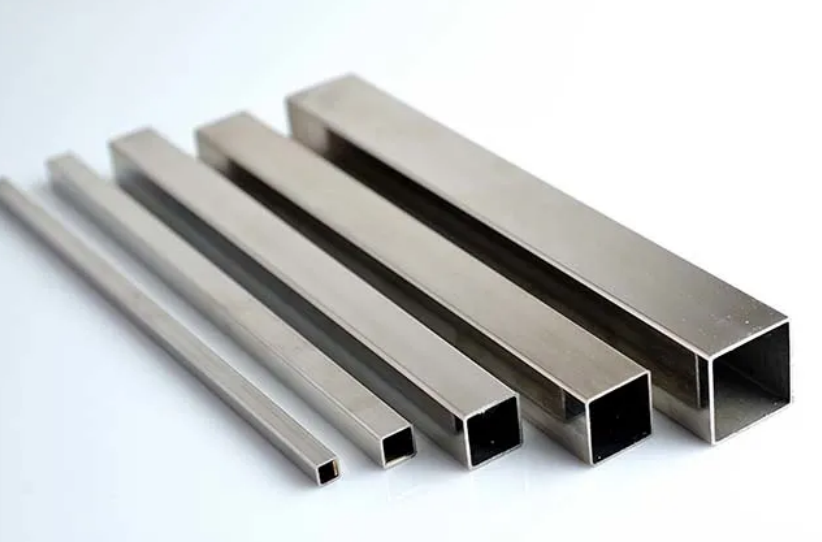316 and 317 stainless steels are molybdenum-containing stainless steels, with the molybdenum content of 317 stainless steel being slightly higher than that of 316 stainless steel.
Due to the molybdenum in the steel, the total performance of the steel is better than 310 and 304 stainless steel, high temperature conditions, when the concentration of sulfuric acid below 15% and above 85%, 316 stainless steel has a wide range of uses.
316 stainless steel also has good chloride attack properties, so it is commonly used in marine environments.
With a maximum carbon content of 0.03, 316L stainless steel can be used in applications that cannot be annealed after welding and require maximum corrosion resistance.
Characteristics
1. Corrosion resistance: corrosion resistance is better than 304 stainless steel, and has good corrosion resistance in the production process of pulp and paper. And 316 stainless steel is also resistant to marine and aggressive industrial atmospheres.
2. Heat resistance: 316 stainless steel has good oxidation resistance in intermittent use below 1600 degrees and in continuous use below 1700 degrees. In the range of 800-1575 degrees, it is best not to continuously role 316 stainless steel, but in the temperature range outside the continuous use of 316 stainless steel, the stainless steel has good heat resistance. 316L stainless steel carbide precipitation resistance is better than 316 stainless steel, available in the above temperature range.
3. Heat treatment: annealed in the temperature range of 1850-2050 degrees, then rapidly annealed, then rapidly cooled. 316 stainless steel can not be hardened by heat treatment.
4. Welding: 316 stainless steel has good welding performance. All standard welding methods can be used for welding. Welding can be done with 316Cb, 316L or 309Cb stainless steel filler rod or welding rod, respectively, according to the application. To obtain the best corrosion resistance, the welded section of 316 stainless steel needs to be annealed after welding. If 316L stainless steel is used, post-weld annealing treatment is not required.
